Our team has just published a paper in which we explain why we believe there are forgeries among the Dead Sea scrolls in the Schøyen collection.
As soon as 2013, I came to suspect the presence of forgeries after I examined the material and scribal features of these fragments which revived doubts I had expressed privately in 2006 and in a publication in 2008. After a second examination in 2014, I told my colleagues about it; some of them were skeptical at first but agreed to investigate this matter and, after we conducted additional testing, joined my conclusions. Nine fragments were removed from the edition that was in preparation—although I disagreed with that decision, as I believed more fragments were forgeries.
We were asked to remain quiet about it, and in 2015 I even offered to design a trap in order to identify the forger(s). Alas, I did not find the necessary support; worse, I saw on the Internet pictures of fragments with the same suspicious features in other private collections. When I was contacted by Newsweek journalist Nine Burleigh, I could no longer keep quiet and told her about those forgeries.
I told other journalists and colleagues about it and, as the interest of the scholarly community grew, a session on the issue of forgeries was organized at the Society of Biblical Literature (SBL) international meeting in Berlin last August.
Meanwhile, we wrote a paper to explain how and why we believe those fragments to be forgeries. This paper is now out, and I invite you to read it below:
As I said in our book and in Berlin, I believe that more fragments from the Schøyen collection are forgeries and that all fragments in the Museum of the Bible (MOTB) collection published in the volume edited by Emanuel Tov, Kipp Davis et alii are forgeries. This might be the case with other collections as well, although so far only the Schøyen collection and the Museum of the Bible collection have provided me with (at least) high resolution color and infrared pictures of their fragments.
Stay tuned! More news in the coming months… 😉
———
UPDATE: Have a look at this short presentation video:
 En
En Fr
Fr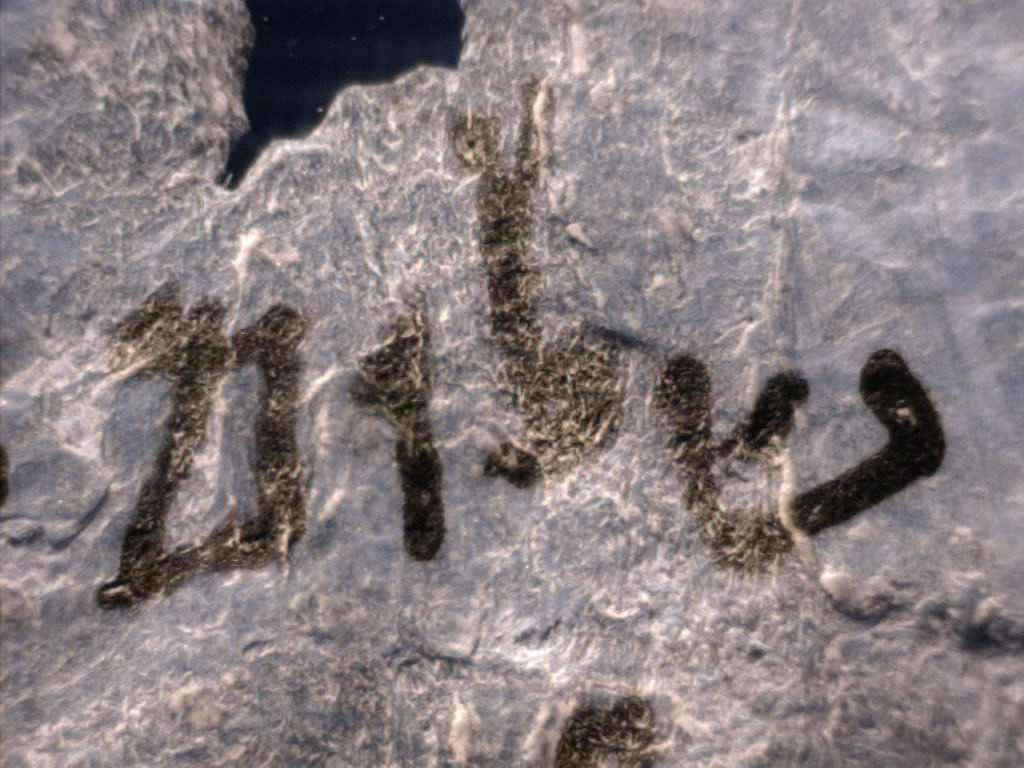
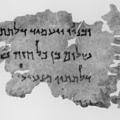
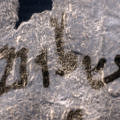
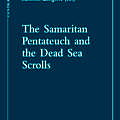


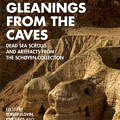
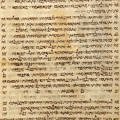
Quelle aventure !!! La fraude (textes dits “sacrés” ou littérature profane) est un lucratif business ! Affaire à suivre avec imparience ; on se croirait dans une enquête aussi rocambolesque que celle du “Codex d’Alep”. Bravo pour tes talents de “fake killer”, Mr. Indiana Michael Langlois 🙂
do you have an offprint you can share?
It’s on my website 😉
well there it is. i didn’t click that one because i figured it was to the DJD site
I’m reading it now. Fascinating!
if you’re in boston for sbl you should meet michael langlois. he’s a delight
Jim West I’d love that! I’d like to hear more about his work.
With pleasure! 🙂
Michael Langlois- mike is a good guy. he’s no me of course, but i think you’d enjoy chatting with him.